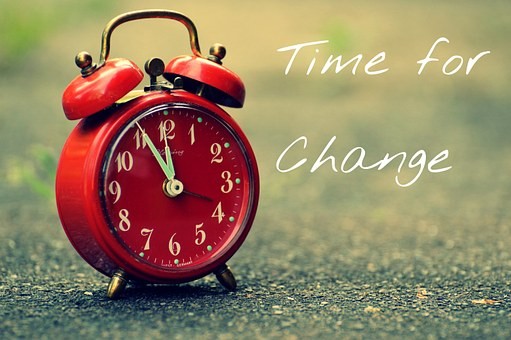DROWSY DRIVING IS DISTRACTED DRIVING

When we 'Spring Forward' we lose an hour of sleep. Doesn't sound like much does it? After all, it's only one hour. But that lonely little hour is so important to you and to everyone you meet on our roads this Spring.
Sleep loss means drowsy driving for thousands on our roads. And drowsy driving is distracted driving. It's also dangerous driving.
Research shows that it takes drivers days to adjust to the time shift. Some studies suggest the danger zone lasts almost a week - that's 7 full days - after the shift. And studies show a 15 to 20% increase in traffic fatalities on the Monday after that time shift (CDC Centers For Disease Control and Prevention citing Harrison Y. [2013] Sleep Med Rev. 17(4):285-292).
It also shows that those most vulnerable to the time shift are teenagers and young adults who are more likely to fall into the stay up late and sleep late demographic. Those very same young drivers are also more likely to be inexperienced and tethered to their smart phone behind the wheel. Given the epidemic of texting behind the wheel, 'Spring Forward' lends a whole new level of horror to distracted driving.
So what can we do?
Researchers suggest the following:
- starting 3 days before the time shift, gradually move up bedtime and wakening, meals and exercise until you are in synch with the new time; and
- an hour before bedtime, dim the lights and drop the phone, turn off the ipad, tablet and tv to help your body go to sleep.
But how realistic are these suggestions for that young demographic? These are really just the familar time shift techniques used by adult shiftworkers and those preparing for long haul flights. They only work if you are diligent and disciplined enough to follow. They are profoundly unlikely to be popular with teens.
Perhaps the best practical approach is to hammer home what we already know and should be practicing. Using the language and text that teens do know.
Both Twitter and common sense compel us to:
- Be #AlertAtTheWheel. When tired, opt for public #Transpo or #RideShare;
- No #DrowsyDriving: #TakeANap at home;
- #JustDrive: focus on the road. That's it. Because #YouHadOneJob;
- #DropItAndDrive: #PutDownThePhone already;
- Don't #TextAndDrive: #ItCanWait; and
- #ArriveAlive.
This is social media's one big job. It has the tools to get the message out. It's up to us to listen.
Spring highlights the danger of drowsy driving and the real fear of what happens when drowsy driving and distracted driving collide. Own your own driving after we Spring Forward this year.
The life you save may be your own.
Our Annual Spring Forward Time Change is Just Around the Corner
But Do You Know the Dangers?
Beware Spring Forward

